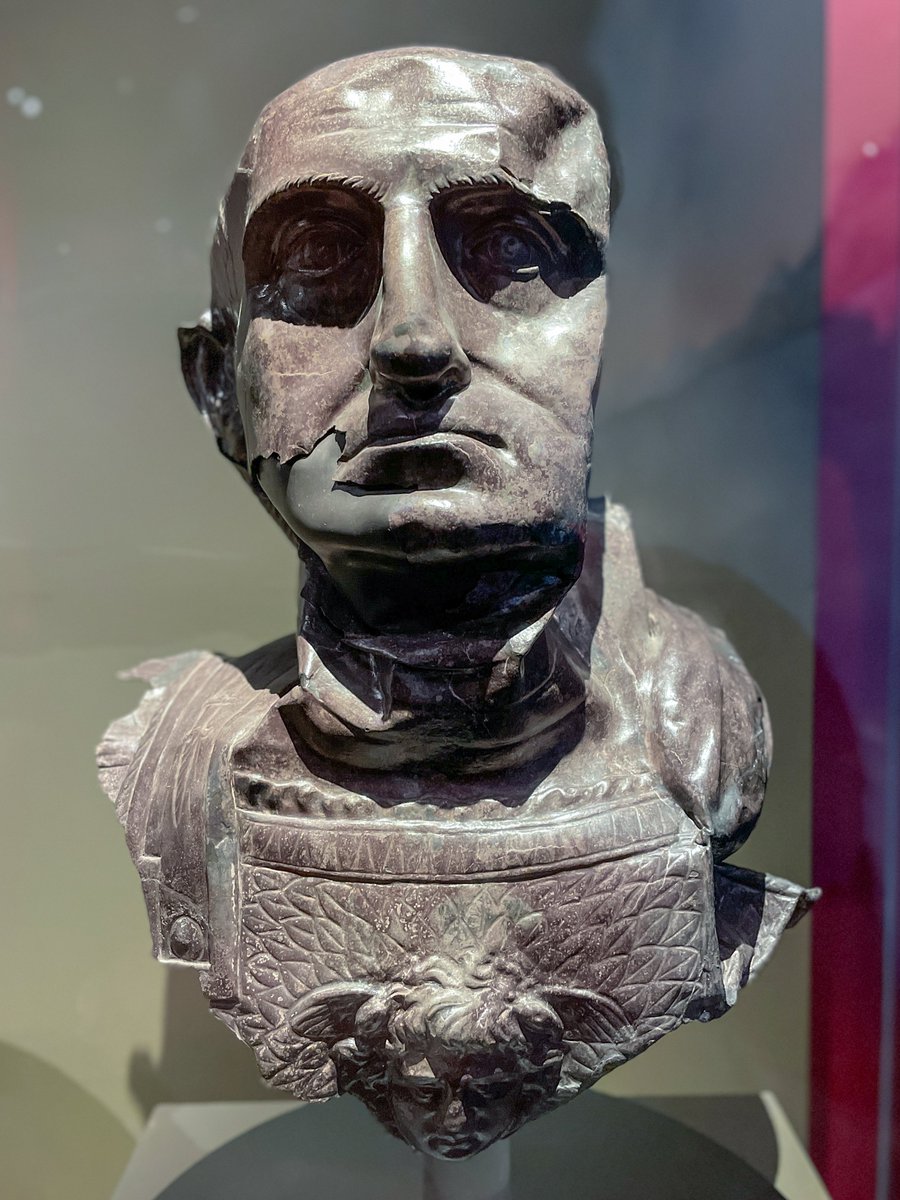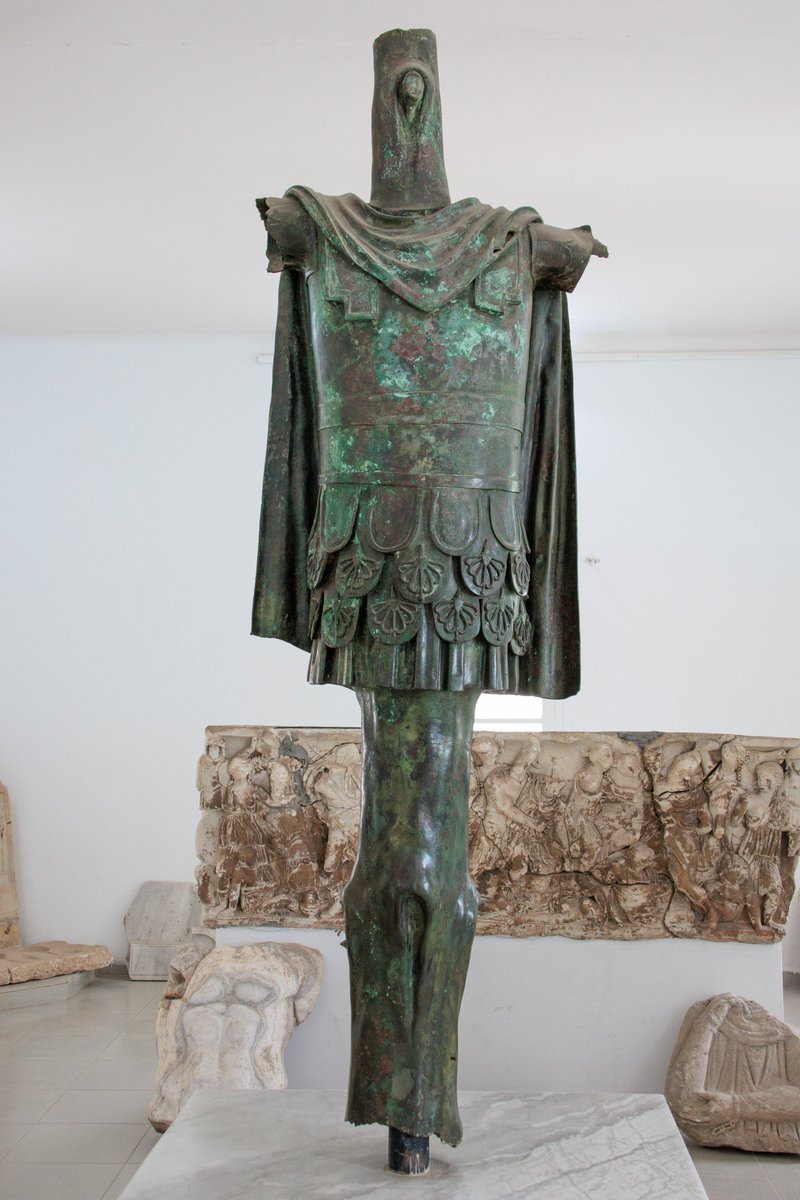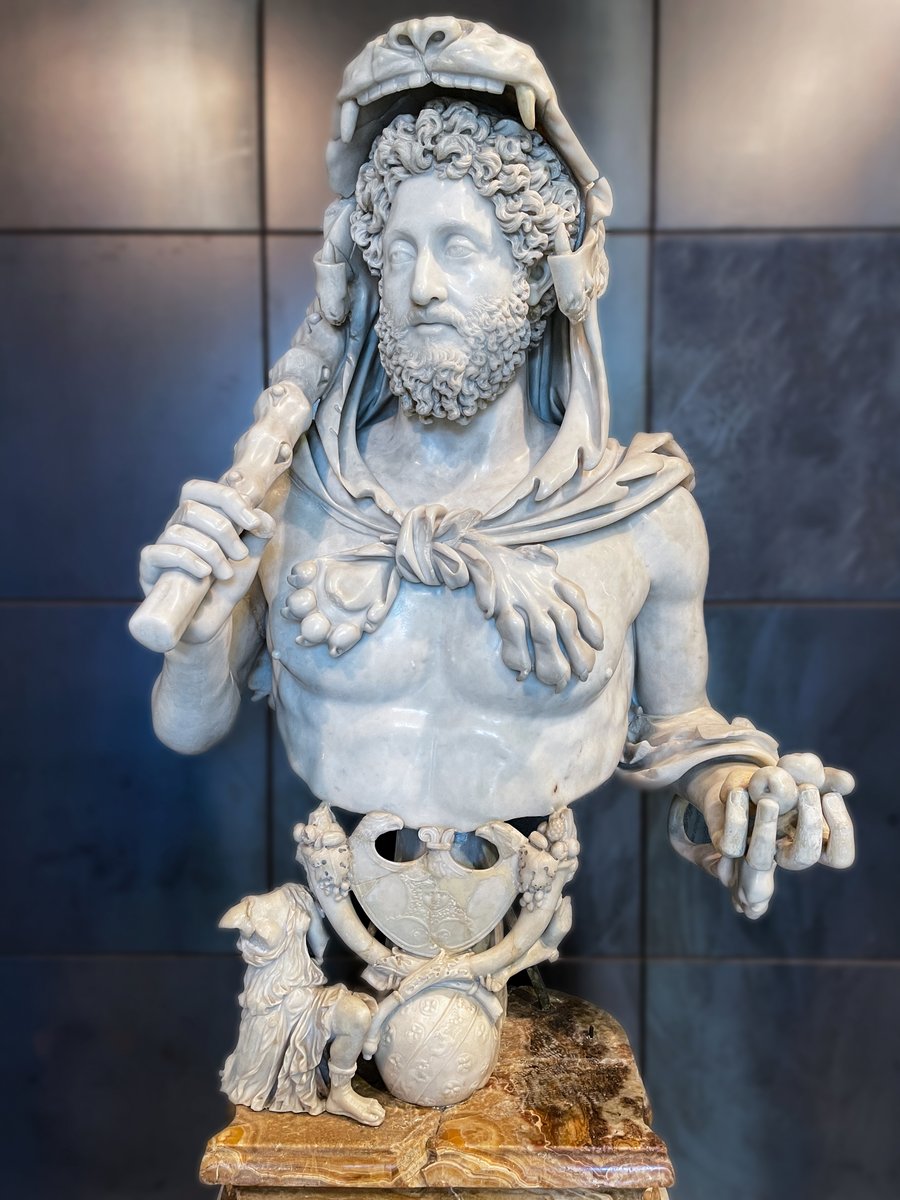1) Pliny the Younger on his wife Calpurnia:
"She takes pleasure in reading my works, which are continually in her hands, and even learns some by heart. How full of encouragement she is when I am entering on some task, and how kindly she rejoices with me when it is completed..
"She takes pleasure in reading my works, which are continually in her hands, and even learns some by heart. How full of encouragement she is when I am entering on some task, and how kindly she rejoices with me when it is completed..

2) "When I am pleading a case she stations messengers to inform her from time to time how I am doing and what applauses I receive. She asks to hear me recite my verses and afterwards sets them to music with her lyre. Her only master is Love, the best instructor.. 

3) "From this marriage I draw my most assured hopes, that the harmony between us will only increase with our days. She loves me for who I am, not for my youth or body which time will gradually decay. I hope to one day become all that my wife thinks I am." 

(From the Letters of Pliny the Younger, Book 4.19.)
4) One more letter from Pliny directly to his wife Calpurnia (7.5)..
"You can scarcely believe how much I miss you and long to see you again. Due firstly to how much I love you and secondly because we are not used to being away from each other...
"You can scarcely believe how much I miss you and long to see you again. Due firstly to how much I love you and secondly because we are not used to being away from each other...

5) "Most of my nights are spent lying awake, thinking of you. At the hour I would usually come to you, I find my feet literally carrying me - but then seeing you are not there, I turn away from the empty threshold with sickness and sadness in my heart.. 

6) "The only time I am really free from these tormenting pangs is when I am in court, busy pleading a case. Imagine how wretched my life is when I find my rest in hard work, my solace in being harassed and anxious. Farewell."
Pliny to his wife Calpurnia (7.5) ❤️
Pliny to his wife Calpurnia (7.5) ❤️

• • •
Missing some Tweet in this thread? You can try to
force a refresh






















